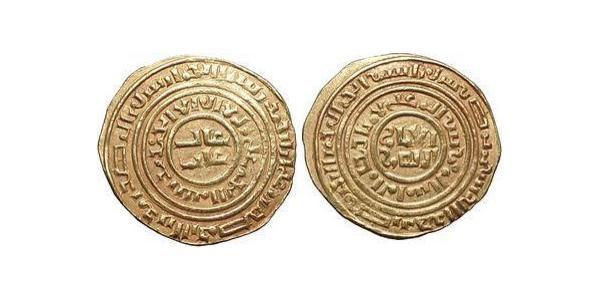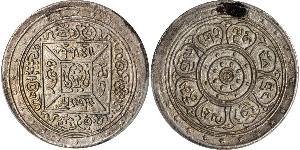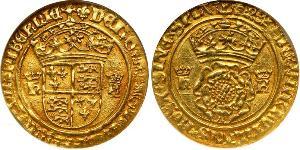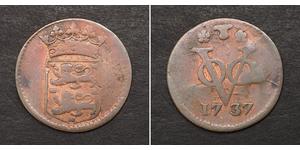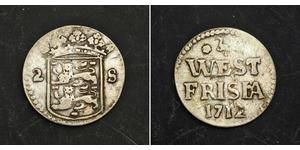[ 5273] Crusaders. Kingdom of Jerusalem. Gold Bezant (25mm, 3.79gm.) Acre ('Akka) ca.1148-1187 A.D. References: A-730. Imitating Fatimid types of al-Amir. Second phase. Provided with certificate of authenticity. CERTIFIED AUTHENTIC by Sergey Nechayev, PhD - Numismatic Expert The Latin Kingdom of Jerusalem was a crusader state established in the Southern Levant in 1099 after the First Crusade. The kingdom lasted nearly two hundred years, from 1099 until 1291 when the last remaining possession, Acre, was destroyed by the Mamluks, but its history is divided into two distinct periods. The first kingdom lasted from 1099 to 1187, when it was almost entirely overrun by Saladin. After the subsequent Third Crusade, the kingdom was re-established in Acre in 1192, and lasted until that city's destruction in 1291. This second kingdom is sometimes called the Kingdom of Acre. The First Crusade and the foundation of the kingdom[edit] Main article: First Crusade The First Crusade was preached at the Council of Clermont in 1095 by Pope Urban II, with the goal of assisting the Byzantine Empire against the invasions of the Seljuk Turks. However, the main objective quickly became the control of the Holy Land. The Byzantines were frequently at war with the Seljuqs and other Turkish dynasties for control of Anatolia and Syria. The Sunni Seljuqs had formerly ruled the Great Seljuq Empire, but this empire had collapsed into several smaller states after the death of Malik-Shah I in 1092. Malik-Shah was succeeded in the Anatolian Sultanate of Rûm by Kilij Arslan I, and in Syria by his brother Tutush I, who died in 1095. Tutush's sons Fakhr al-Mulk Radwan and Duqaq inherited Aleppo and Damascus respectively, further dividing Syria amongst emirs antagonistic towards each other, as well as Kerbogha, the atabeg ofMosul. This disunity among the Anatolian and Syrian emirs allowed the crusaders to overcome any military opposition they faced on the way to Jerusalem.[1] Egypt and much of Palestine were controlled by the Arab Shi'ite Fatimid Caliphate, which had extended further into Syria before the arrival of the Seljuqs. Warfare between the Fatimids and Seljuqs caused great disruption for the local Christians and for western pilgrims. The Fatimids, under the nominal rule of caliph al-Musta'li but actually controlled by vizier al-Afdal Shahanshah, had lost Jerusalem to the Seljuqs in 1073;[2] they recaptured it in 1098 from the Artuqids, a smaller Turkish tribe associated with the Seljuqs, just before the arrival of the crusaders.[3] After the successful siege of Jerusalem in 1099, Godfrey of Bouillon, leader of the First Crusade, became the first ruler of the Kingdom of Jerusalem. The crusaders arrived at Jerusalem in June 1099; a few of the neighbouring towns (Ramla, Lydda, Bethlehem, and others) were taken first, and Jerusalem itself was captured on July 15.[4] On 22 July, a council was held in the Church of the Holy Sepulchre to establish a king for the newly created Kingdom of Jerusalem. Raymond IV of Toulouse and Godfrey of Bouillon were recognized as the leaders of the crusade and the siege of Jerusalem. Raymond was the wealthier and more powerful of the two, but at first he refused to become king, perhaps attempting to show his piety and probably hoping that the other nobles would insist upon his election anyway.[5] The more popular Godfrey did not hesitate like Raymond, and accepted a position as secular leader. Although it is widely claimed that he took the title Advocatus Sancti Sepulchri ("advocate" or "defender" of the Holy Sepulchre), this title is only used in a letter that was not written by Godfrey. Instead, Godfrey himself seems to have used the more ambiguous term princeps, or simply retained his title of dux from Lower Lorraine. According to William of Tyre, writing in the later 12th century when Godfrey had become a legendary hero, he refused to wear "a crown of gold" where Christ ha ...
type to read more

|
Posted by:
anonymous 2015-08-18 |
Similar Coin Groups
2025-05-24
- New coin is added to 1 Duit Netherlands Copper
1 Duit Netherlands Copper
group has 18 coins / 17 prices
⇑
1737, Netherlands East Indies (VOC). Copper "West Friesland" Duit Coin. F! Mint Year: 1737 Condition: Fine! Denomination: Duit Reference: KM-131. Region: Netherlands East Indies Issuer: ...
2025-05-24
- New coin is added to 2 Stuiver Netherlands Silver
2 Stuiver Netherlands Silver
group has 2 coins / 2 prices
⇑
1712, Netherlands, West Friesland. Silver 2 Stuivers (Double Wappenstuiver) Coin. Condition: VF+ Mint Year: 1712 Province: Holland Reference: KM-106.1. Denomination: 2 Stuivers (Doub ...
You may be interested in ...

